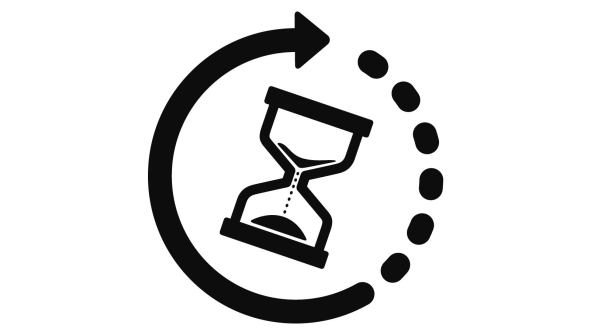First
inhabitants
The
eldest testimonies of the human presence in the zone of the
park belong to the culture of Redemello (between XXI and XIX
century b.C.) Since the XIII Century b.C. the zone is
inhabited by the populations of the culture of Canegrate and
later, since the IV century b.C., by Insubrian Celts.
The
Roman Period
The
numerous necropoleis rediscovered in the zone are of this
period, some of which let hypothesize the presence of
prosperous artisan and commercial centers, thanks to the
position along the Olona river and the road axis that linked
Milano to Angera. Reclamation and deforestation of wide
areas, rapid development of the agriculture.
Early
Middle Ages
The Roman Empire's decadence and the arrival of the
Langobards implicated the decrease of the population, of the
commercial trades and the cultivated areas during the whole
Early Middle-Ages. The Christian faith spreads across the
zone between the IV and the V century. Parabiago and
Nerviano hire the role of parish chief respectively since
VIII and since XI century.
Late
Middle Ages and Renaissance
The
communes of the Northern Italy, getting together in the
Lombard League, defeated the emperor Frederick I
Barbarossa's army in 1176, who aimed at affirming his
dominion on them. In 1339 the Battle of Parabiago was
fought and won by the Milaneses, guided by Luchino Visconti
who fought against the uncle Lodrisio. The agriculture
restarted to play a role, based on the cultivation of
cereals, vine and, sicne the XV century, of the mulberry for
the silkworm breeding. Numerous cloisters and religious
orders rise up.
Spanish
domination
In
1582 San Carlo shifts the Parish from Parabiago to Legnano.
Between 1576 and 1577 and in 1630 terribile plagues affect
the Milanese territory and the Park. After the
Counter_Reformation there were demolitions and
reconstructions of churches and convents. In 1603 the waters
of the river Bozzente are carried into the Borromeo cavity.
Austrian
domination
L'attività
molitoria trova un rapido incremento. Nel 1772 il Conserzio
del fiume Olona censiva 118 mulini lungo tutto il corso del
fiume.
French
domination
At
the end of 1700 the religious orders which until that moment
had held the convent and the church of Saint Ambrose in
Parabiago , Saint Mary of the Angels and Saint and Saint
Clare in Legnano, the Olivetan monastery in Legnano, were
suppressed. Improvement of Sempione road.
Ascent
of the Industry
In
1800 spinning mills and factories spread along the Olona,
earlier textile, later mechanical. Agricultural crisis after
the Unification of Italy. The vine disappears almost
completely. First strikes of workmen. The railway(1860) and
the tram(1880) link the towns of the Park to Milan City. In
1884 Villoresi is inaugurated. First footwear factory in
Parabiago(1899).
First
World War and Mussolini's dictatorship
During
the I World War lots of soldiers of this place die.
Conversion of the local industry to warlike purposes. The
20's see the achievement of the fascist regime. Dissolution
of the democratic institutions, suppression of the press
freedom and persecution of the political enemies. Building
of numerous public works as the Milano Laghi one of the
first highways in the world. After the silk decline, the
breeding of silkworms and almost all the mulberry rows
disappear.
Second
World War
Numerous
people, civilians too, lose their life during the II World
War. Resistance fight against the nazi-fascists. Some
deportations to concentration camps and murders of
partisans.
The
Post-War
In
the period after the War a civil and political recovery was
witnessed. With the advent of the '50s the economic boom
began. An increase of the population is due to a strong
immigration from other Italian regions. Construction of
numerous public works. the growing pollution of the waters
of the river Olona deprive it of every form of superior
life. The urbanization, also in floodable zones an the
waterproofing of the urban surfaces increased their
dangerousness and their overflows. Memorable are those of
1882, 1951, 1995, 2002. In 1976 the Wood Park in Legnano was
recognized (known as Parco Castello-Castle Park).
The
Eighties
The
redrafting of the textile, mechanical and footwear industry.
The agriculture becomes an always more marginal sector of
the economy. The population and the urbanized areas keep
increasing. The wetlands areas, the mill's acequias and the
mills disappear. Growing water-regulation of the river's
banks. In 1987 Parco Alto Milanese(North-Milan Park) is
recognized.
The
nineties and the new millennium
In
1994 Roccolo Park was founded. The population grows thanks
to the immigration from the Milanese hinterland and from
non-Europian territories. Further deindustrialization. In
2008, Mills' Park was recognized including also the wood of
Legnano. The fishes return to populate the Olona river.

